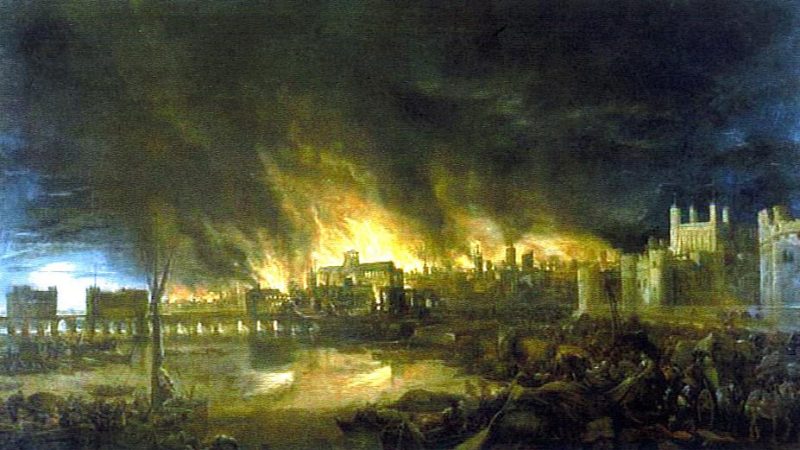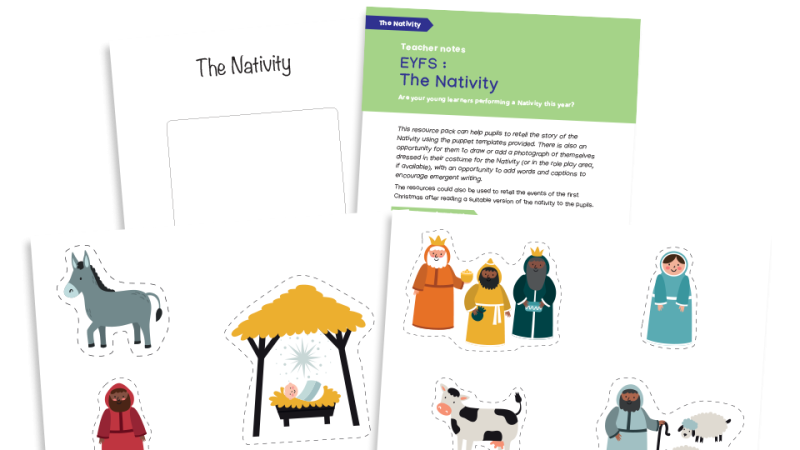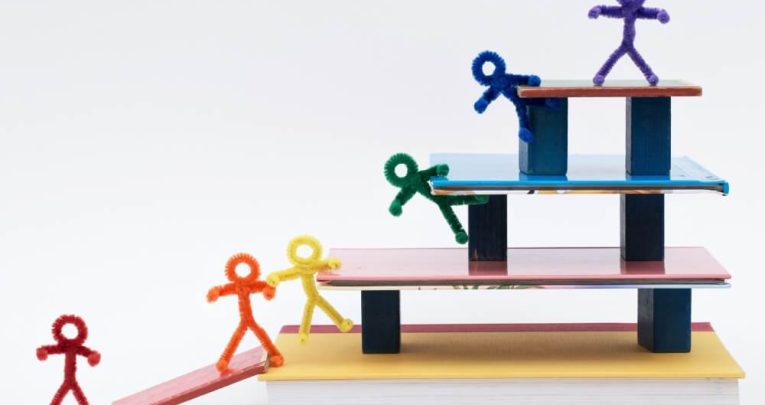How To Embed SPaG Into History

These simple ideas are easy to incorporate and will also engage reluctant writers

The new curriculum requires the quality of English in foundation subject lessons to be of the same standard as in English lessons. This change should be viewed as exciting and a way of opening up possibilities to further develop our curriculum.
Grammar doesn’t need to be viewed as a way of sucking the life out of our children’s writing, but rather as some structural tools to enhance writing and facilitate the creative writing every child possesses.
From the outset, it’s important to ensure and stress that the focus of a history lesson should be the history learning, with SPaG used to support it. Our focus at Farsley Farfield has been integrating writing skills into our topic work using the principle of logical links.
The most sensible way to start is by looking at lesson planning. Begin by asking yourself: what is the history skill being taught? What is your product from the lesson?
After reviewing these, a clear image will appear of what you’re trying to achieve.
From this, look at your working wall and English planning; then think which skills would link logically and effectively demonstrate your class’ understanding.
During lessons, scaffolding can be given to support learners with one page on a PowerPoint or even by making reference to your classroom displays as a reminder – don’t make more work for yourself! Here are some of the most effective examples we’ve used that have led to positive integration of grammatical skills.
1. Non-chronological reports
Lots of teachers use the phrase, ‘We teach most of our history through English’. While there are some merits to this approach, it doesn’t often incorporate enough history skills work.
At my school we often give children areas of history to research and ask them to present their findings as a non-chronological report.
This is a good task to focus on and improve the children’s ability to analyse and interpret source material – you could even introduce historical bias with pupils in upper KS2.
After researching, we help the children to present the information clearly to demonstrate both historical understanding and their ability to write paragraphs linked together using cohesive devices or other features.
2. Time adverbials
Chronology is a fundamental part of history teaching and the curriculum wants children to have a solid understanding of this.
I think every history topic I’ve ever taught contains a sequencing activity to develop understanding of the period of history being taught.
What can we do with these dates or periods of history after we’ve sequenced?
One practical activity that is really effective is to scale the timelines and then use post-it notes to add in time adverbials to link the dates in the timeline together.
This can be made more complex by adding in embedded clauses to give more information, such as, ‘Then, approximately one hundred years later, the Romans invaded Britain again’.
As a task, it has the potential to reinforce how cohesive devices, and adverbials in particular, are useful to present information.
3. Modal verbs
One of the real joys of teaching history is it engages children’s natural curiosity. Enquiries are the perfect way of doing this!
One of my favourites is beginning with a picture or object, which could be any number of things, to allow the children to speculate and theorise about its use, origins and many other questions.
By explaining to the children that you are being deliberately vague and all answers have equal merit providing the child can justify their thought, you allow them to speculate effectively because there isn’t the fear of getting it wrong.
When they make their suggestions, prompt them to use modal verbs to demonstrate the degree of certainty for their theory. As you reveal more of the picture to the children, their use of modal verbs is refined towards a more certain answer (moving from ‘it could be’ to ‘it is probably’ or ‘it can’t be’).
These three ideas are not difficult to prepare and integrate into your teaching; once you start considering the task you have already planned, ideas flow naturally. It isn’t as difficult as it can first appear and often engages your most reluctant of writers more than you’d ever expect. Give it a go and see the possibilities it can lead to! TP
Stuart Tiffany is a KS2 teacher and a member of the Historical Association Primary Committee.












